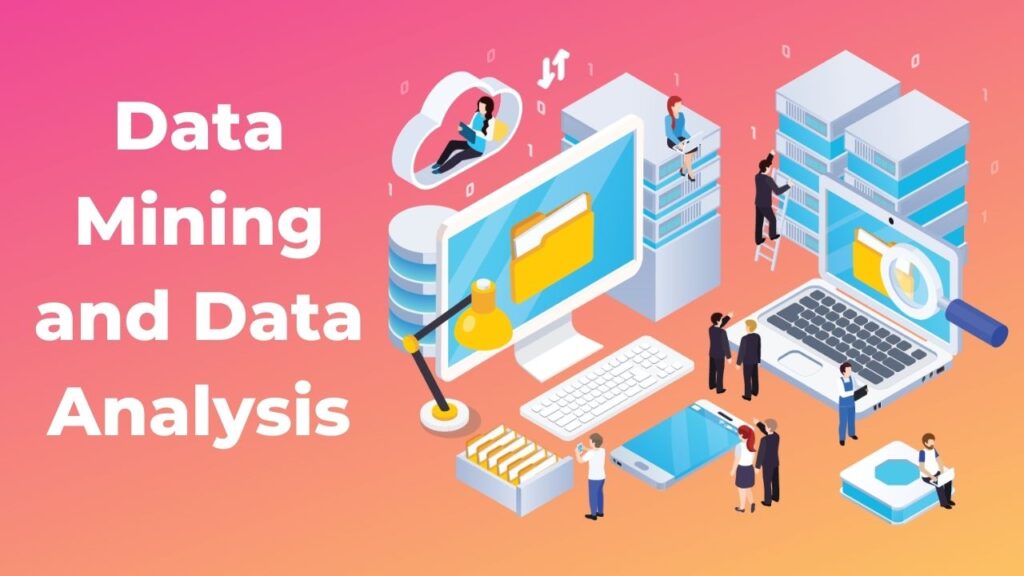This repository contains a collection of lessons and resources related to data mining and data analytics. The lessons cover various topics, including denoising images, ensemble algorithms, fake news recognition, hierarchical clustering, k-means, neural networks, and image segmentation. The repository also includes an assignment section for hands-on practice.
- Denoising Images
- Ensemble Algorithms
- Fake News Recognition
- Hierarchical Clustering
- K-Means
- Neural Networks: Perceptron
- Neural Networks: Feed Forward
- Image Segmentation
- Assignments
- Conclusion
in the following sections we will dive deeper in every section, and getting more to know about :
-
In this section, we will explore techniques for denoising images, which is an essential preprocessing step in many computer vision applications. We will cover various filtering methods, such as mean filtering, median filtering, Gaussian filtering, and non-local means filtering. These techniques can help remove noise and improve the quality of images, making them more suitable for further analysis.
-
Ensemble algorithms are a powerful technique for improving the performance of machine learning models. In this section, we will cover various ensemble methods, such as bagging, boosting, random forests, and gradient boosting machines. These methods combine multiple models to reduce overfitting, improve accuracy, and provide more robust predictions.
-
Fake news has become a significant issue in recent years, and it is essential to develop techniques for recognizing and mitigating its impact. In this section, we will cover various techniques for fake news recognition, including text analysis, sentiment analysis, and machine learning algorithms. These techniques can help identify fake news articles and prevent the spread of misinformation.
-
Hierarchical clustering is a powerful technique for grouping similar data points together. In this section, we will cover two types of hierarchical clustering: agglomerative clustering and divisive clustering. We will also discuss dendrograms, which are a graphical representation of the clustering process. Hierarchical clustering can be useful in various applications, such as customer segmentation, gene expression analysis, and social network analysis.
-
K-means is a popular clustering algorithm that can group similar data points together. In this section, we will cover various aspects of k-means clustering, such as choosing the number of clusters, initialization methods, and evaluation metrics. K-means can be useful in various applications, such as image segmentation, market segmentation, and anomaly detection.
-
The perceptron algorithm is a simple type of neural network that can learn to classify linearly separable data. In this section, we will cover the perceptron learning rule, convergence theorem, and limitations. The perceptron algorithm is a fundamental building block of more complex neural networks and can be useful in various applications, such as image recognition, speech recognition, and natural language processing.
-
Feedforward neural networks are composed of multiple layers of neurons and can learn to classify non-linearly separable data. In this section, we will cover various aspects of feedforward neural networks, such as activation functions, backpropagation, and optimization algorithms. Feedforward neural networks can be useful in various applications, such as image recognition, speech recognition, and natural language processing.
-
Image segmentation is a technique for dividing an image into multiple regions. In this section, we will cover various image segmentation techniques, such as thresholding, edge detection, region growing, and watershed transformation. Image segmentation can be useful in various applications, such as medical imaging, object detection, and autonomous vehicles.
-
In this section, we will provide hands-on assignments for practicing the concepts covered in the lessons. These assignments will help you apply the techniques you have learned and gain a deeper understanding of the material. The assignments will cover various topics, such as denoising images, ensemble algorithms, fake news recognition, hierarchical clustering, k-means, neural networks, and image segmentation.
-
This repository contains a collection of lessons and resources related to data mining and data analytics. By studying these lessons and completing the assignments, you can gain a solid understanding of various data mining and data analytics techniques.
